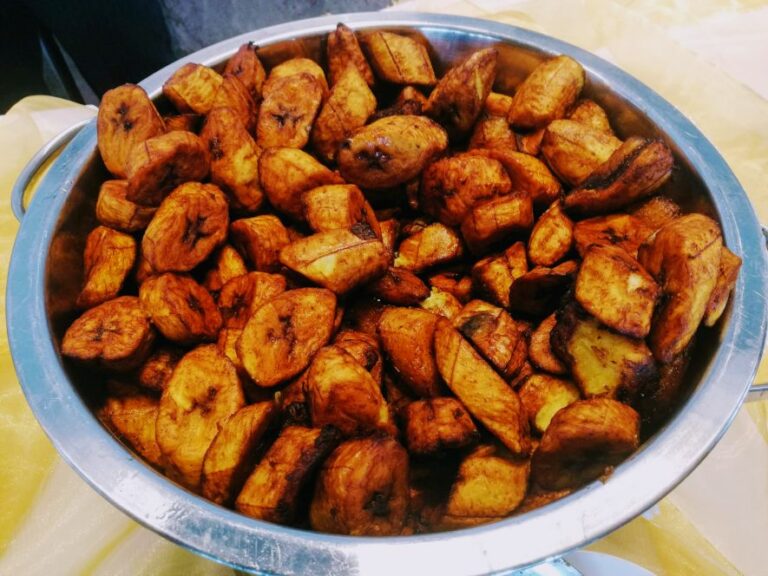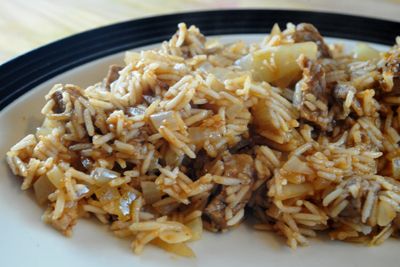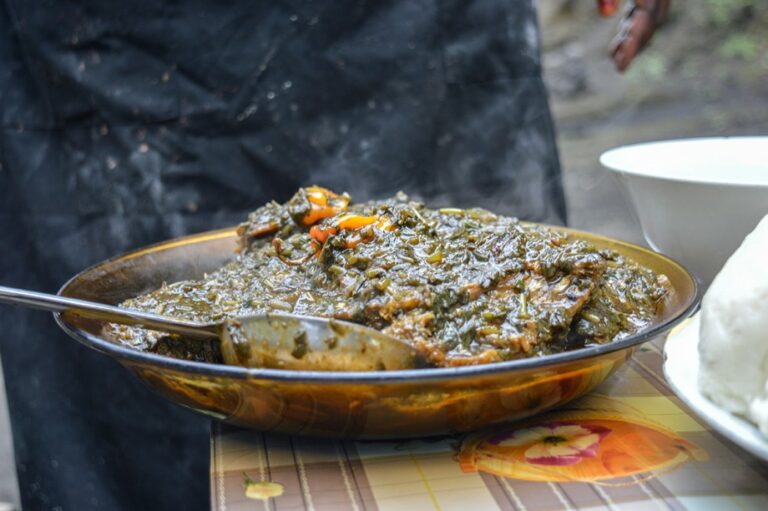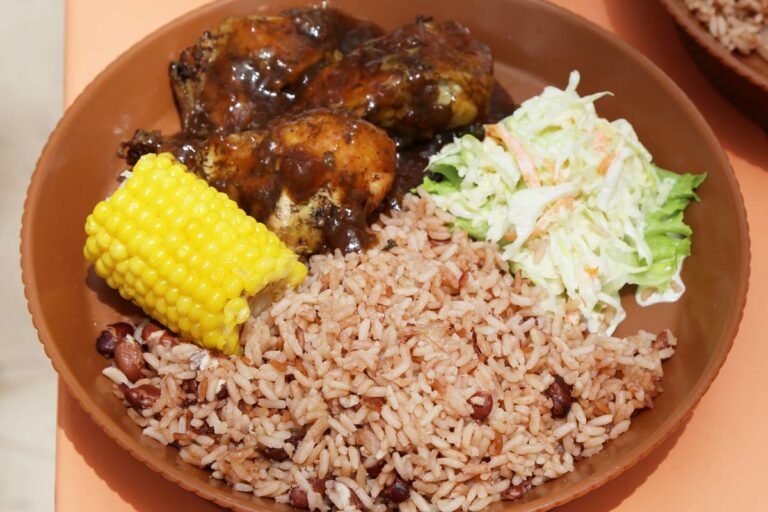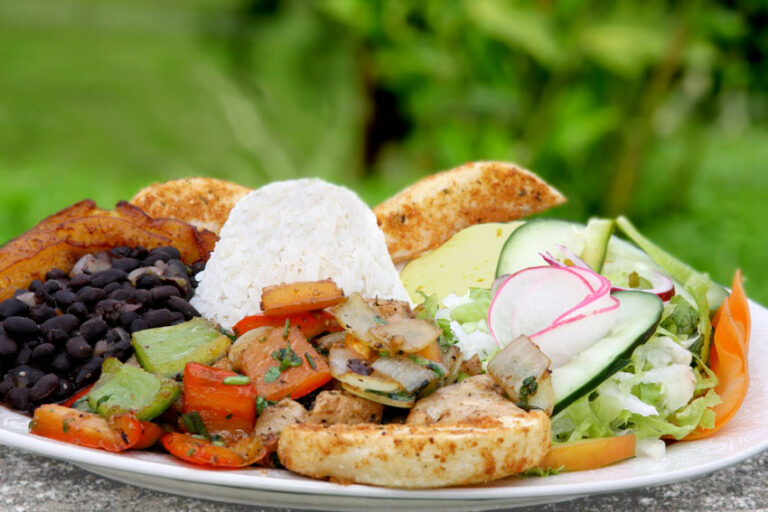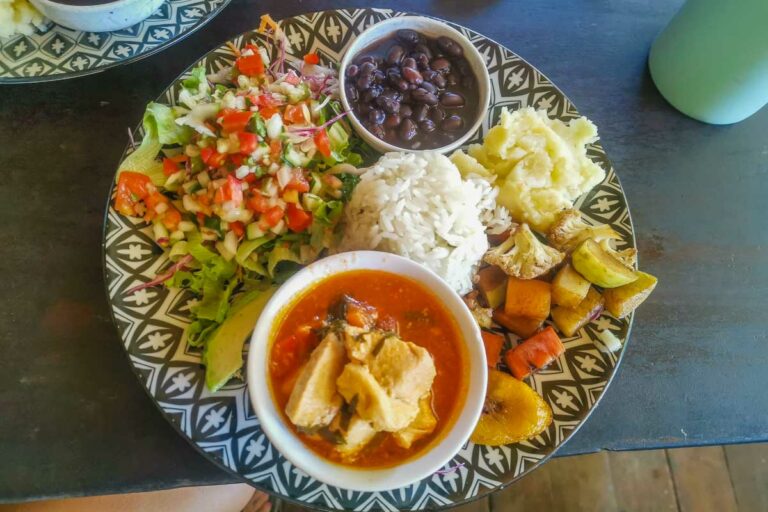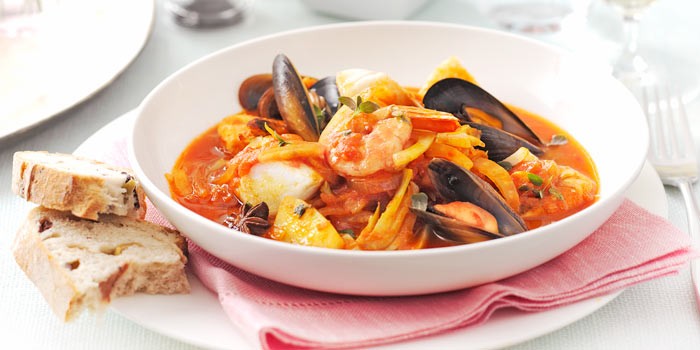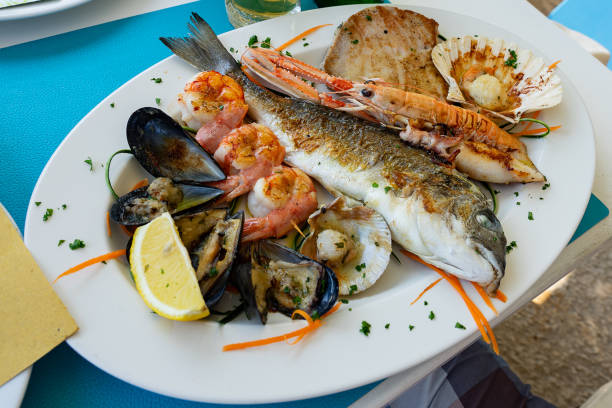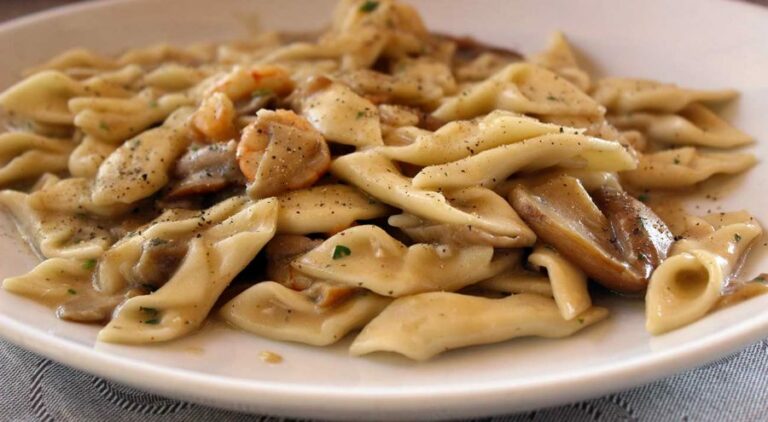Introduction: Discover the Delicious World of Congolese Desserts
Congolese desserts are a delightful blend of African, French, and Belgian influences. The country’s rich culinary heritage has given rise to a diverse array of desserts that are both unique and delicious. From sweet and fluffy fried dough balls to crispy and crunchy pastry dough, Congolese desserts are sure to tantalize your taste buds.
If you’re someone who has a sweet tooth and loves exploring new cuisines, then Congolese desserts are definitely worth trying out. Read on to discover some of the most popular Congolese desserts that are sure to leave you craving for more.
Traditional Congolese Desserts: A Rich and Diverse Culinary Heritage
The Congo has a rich culinary heritage, and its desserts are no exception. Many traditional Congolese desserts are made from locally sourced ingredients such as cassava flour, plantains, and bananas. These desserts often have a unique texture and flavor profile that sets them apart from other desserts.
Beignets Congolais: Sweet and Fluffy Fried Dough Balls
Beignets Congolais, or Congolese beignets, are a popular street food in the Congo. These sweet and fluffy fried dough balls are made from a mixture of flour, sugar, yeast, and water. They are typically served hot and dusted with powdered sugar. Beignets Congolais are perfect for satisfying your sweet tooth and make for a great snack or dessert.
Mikate: A Sweet and Sticky Treat Made from Cassava Flour
Mikate is a sweet and sticky treat made from cassava flour. It is a popular dessert in the Congo and is often served as a snack or with tea. To make mikate, cassava flour is mixed with sugar, yeast, and water to form a dough. The dough is then shaped into small balls and fried until golden brown. The result is a deliciously sweet and slightly chewy dessert that is sure to please.
Fumbwa: A Savory and Delicious Plantain Cake
Fumbwa is a savory and delicious plantain cake that is popular in the Congo. It is made from mashed plantains, which are mixed with flour, sugar, and eggs. The mixture is then baked until golden brown and served as a dessert or snack. Fumbwa has a unique texture and flavor that makes it a great alternative to sweet desserts.
Merveilles: Crispy and Crunchy Fried Pastry Dough
Merveilles are crispy and crunchy fried pastry dough that are often served as a dessert or snack in the Congo. They are made by deep-frying a mixture of flour, sugar, eggs, and milk until golden brown. Merveilles have a light and airy texture and are perfect for satisfying your sweet cravings.
Banana Bread Pudding: A Sweet and Comforting Dessert for Any Occasion
Banana bread pudding is a sweet and comforting dessert that is perfect for any occasion. It is made from ripe bananas, bread, eggs, milk, and sugar, and is baked until golden brown. The result is a deliciously moist and flavorful dessert that is sure to please.
Conclusion: Explore the Sweet and Flavorful World of Congolese Desserts
Congolese desserts are a unique and flavorful blend of African, French, and Belgian influences. From sweet and fluffy fried dough balls to crispy and crunchy pastry dough, there is no shortage of delicious desserts to explore. So the next time you’re in the mood for something sweet, why not try out one of these popular Congolese desserts?

